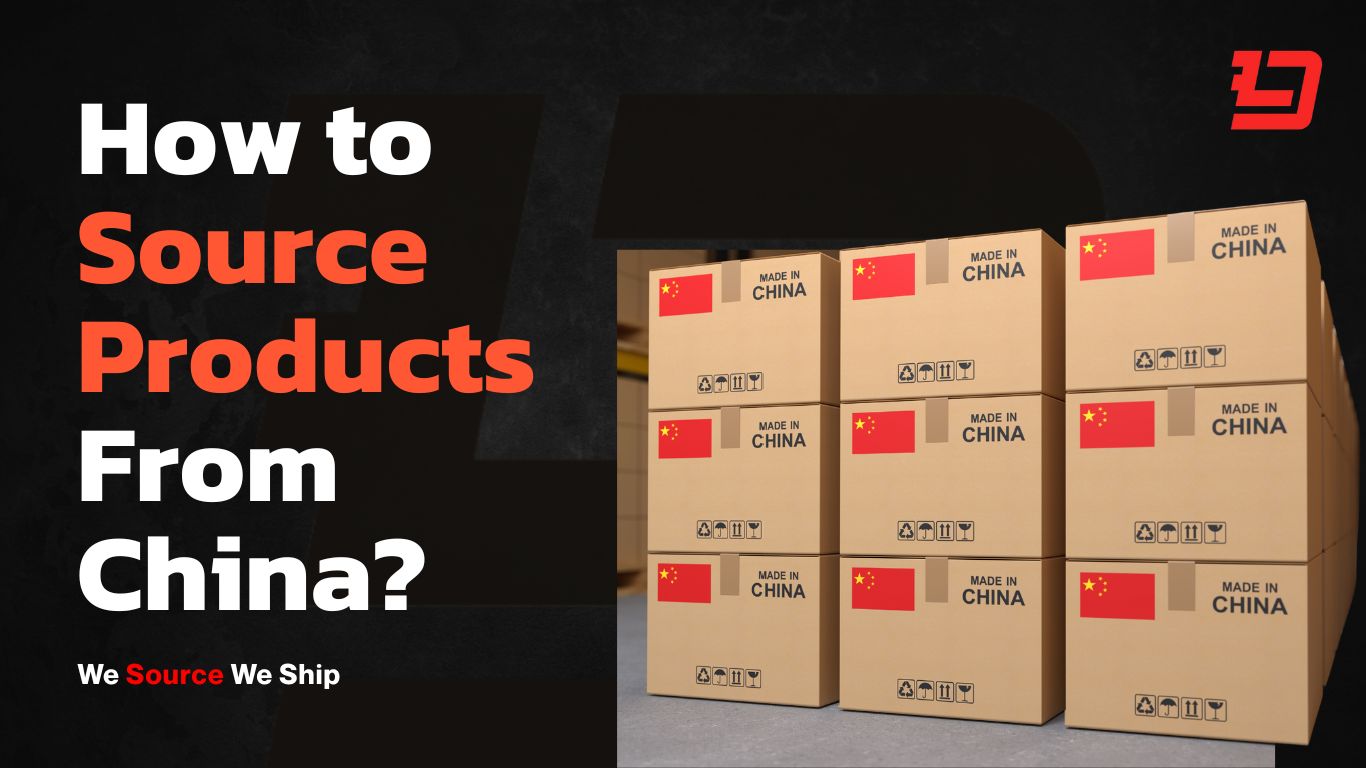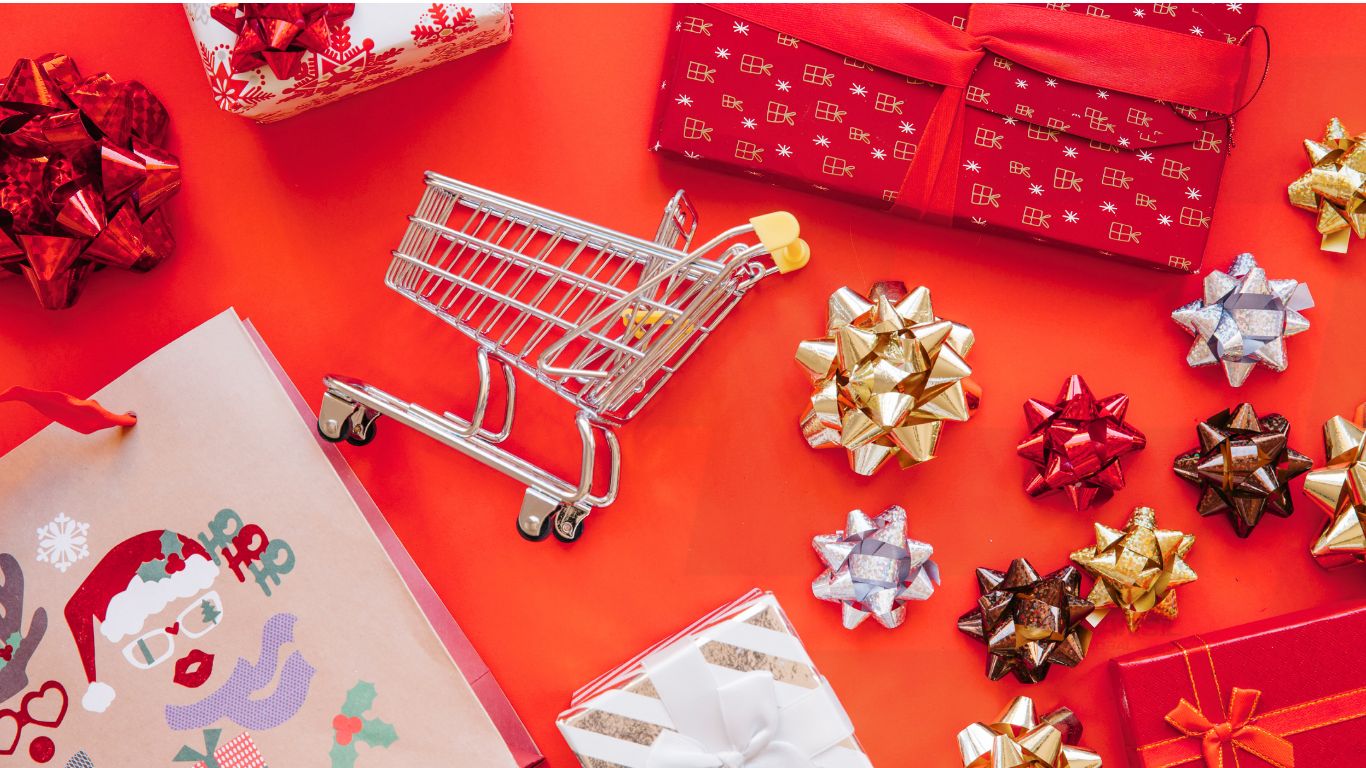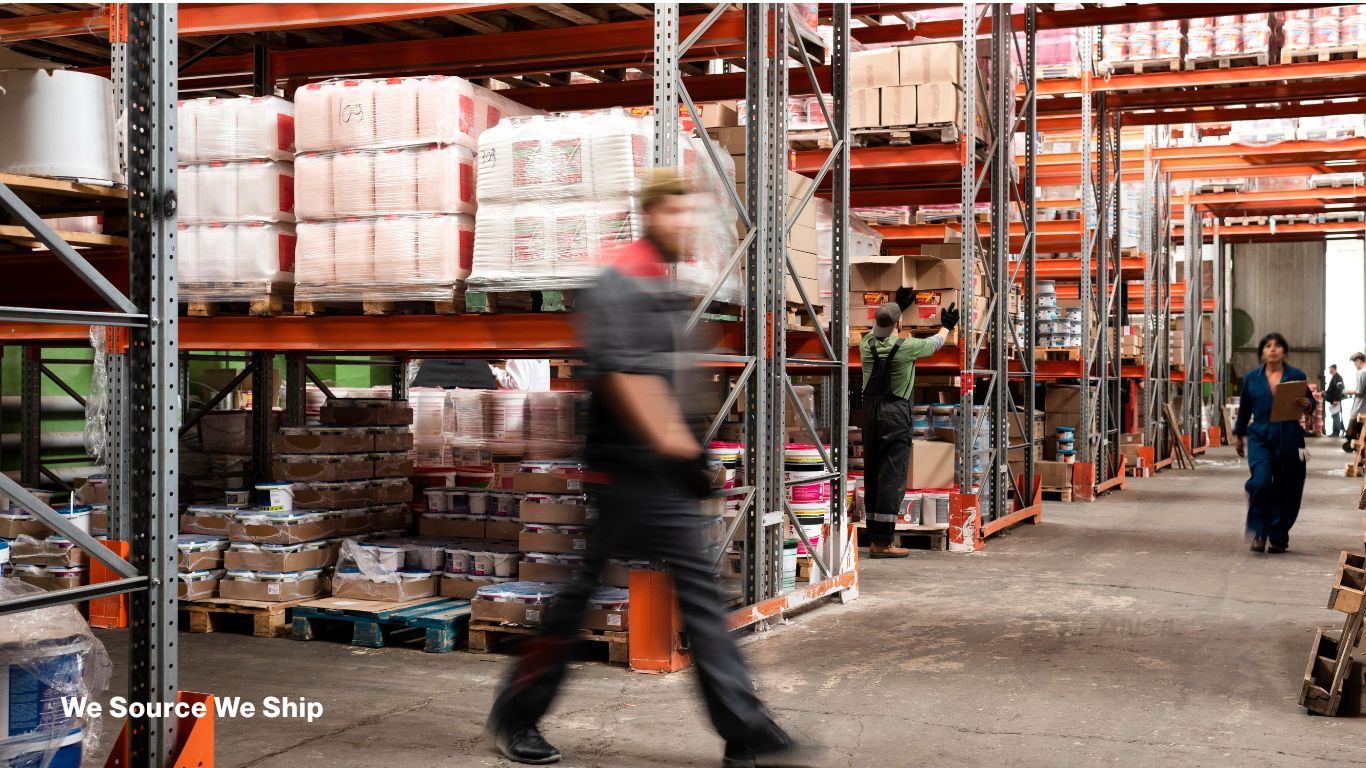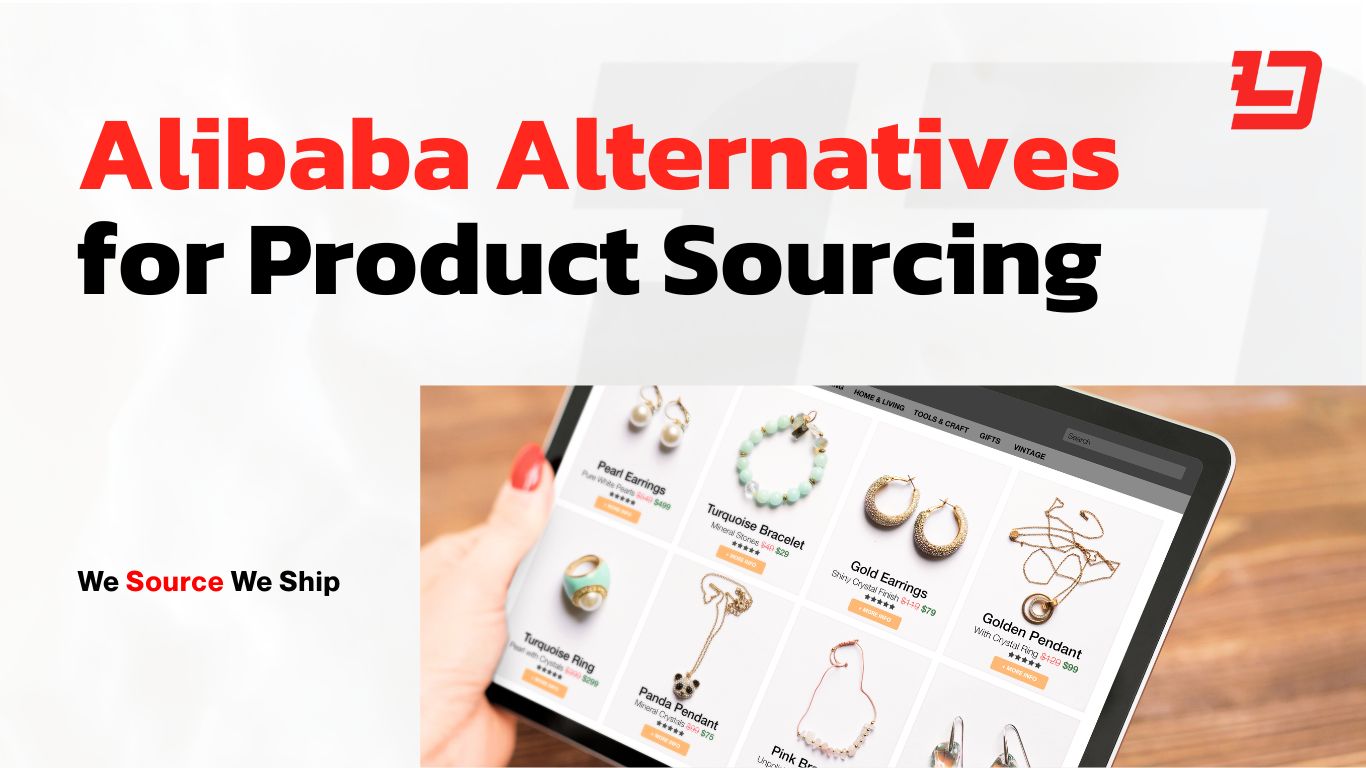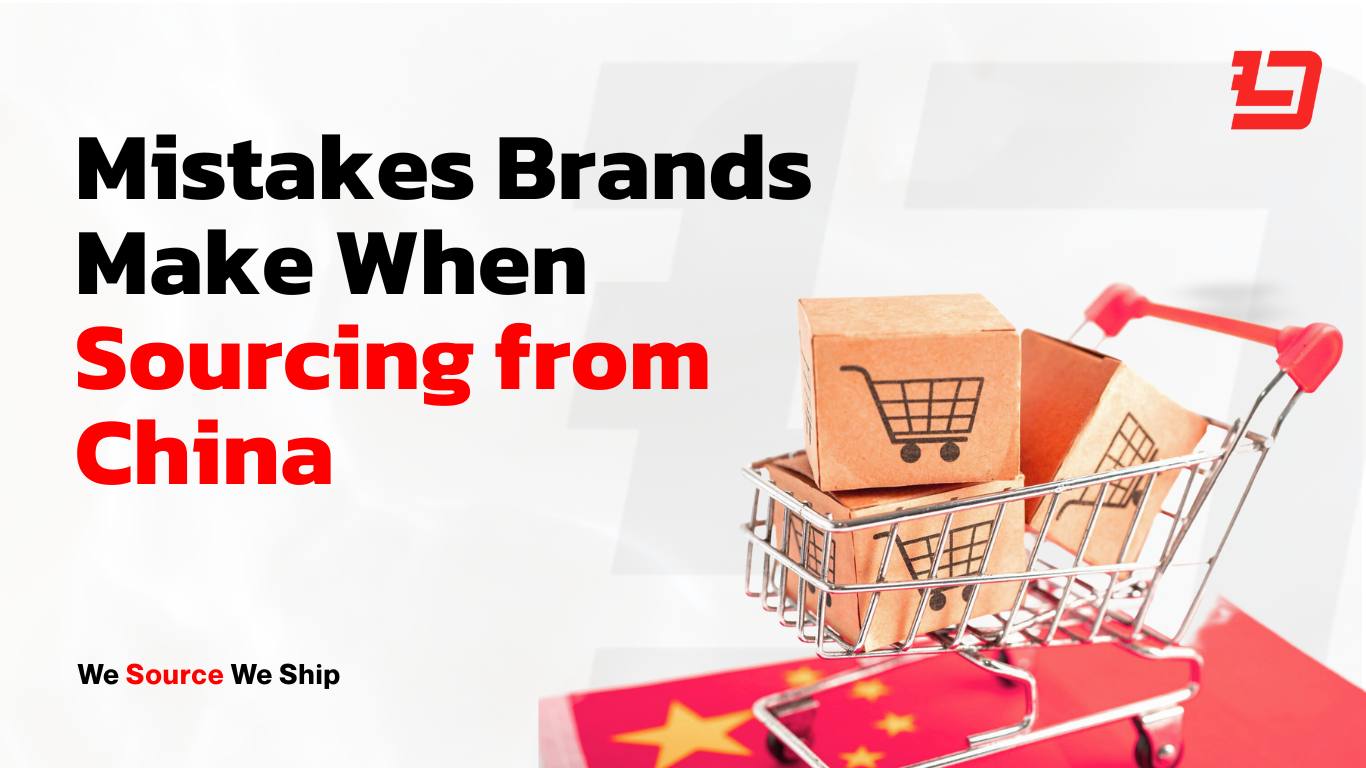Sourcing from China has helped millions of ecommerce sellers grow from side hustles into global brands. The factories are efficient, the product range is massive, and the pricing is unbeatable when managed well.
According to Statista, China exported over USD 3.5 trillion in goods in 2024, representing about 14 percent of global trade. The country’s manufacturing capacity continues to expand, with small and mid-sized factories becoming more open to international buyers.
But sourcing isn’t as simple as clicking “order now.” The difference between profit and loss often comes down to who you work with, how you verify them, and how well you manage production. This guide explains how to source products from China safely, efficiently, and profitably in 2025.
For a deeper strategy breakdown, visit our China Sourcing Guide for Scaling Ecommerce Brands.
1. Define What You’re Sourcing and Why
Before searching for factories, know exactly what you want to produce and why you chose China.
- What problem does your product solve?
- What materials or certifications are required?
- What is your ideal price point or target margin?
- What minimum order quantity (MOQ) can you afford?
These questions help narrow your search and avoid factories that can’t meet your needs. The more specific your requirements, the better your sourcing outcome.
2. Use the Right Platforms to Find Suppliers
The best suppliers often depend on your product category and volume. Use reputable sourcing websites that vet their listings and offer protection.
| Platform | Best For | Key Features |
|---|---|---|
| Alibaba.com | All product categories | Trade Assurance, verified suppliers, global reach |
| Made-in-China.com | Custom manufacturing | Factory tours, third-party audits |
| GlobalSources.com | Electronics and tech products | Audited factories and trade shows |
| 1688.com | Domestic Chinese pricing | Lower costs, requires bilingual partner |
| HKTDC.com | Export-ready suppliers | Government-verified companies |
| DHgate.com | Small MOQs and samples | Escrow payments and buyer protection |
Pro Tip: Always filter for “Verified Supplier” or “Trade Assurance” on these platforms. Avoid free accounts or sellers without factory audit records.
3. Verify Every Supplier Before Paying Anything
Online listings can look polished even when fake. Verifying a factory before sending deposits is essential.
- Request a Chinese business license and confirm it on the National Enterprise Credit Information Publicity System.
- Check factory location on Google Maps or Baidu Maps.
- Ask for real-time factory videos or photos.
- Review product certifications (CE, RoHS, FDA) for your market.
- Search their company name on Google and LinkedIn to confirm existence.
If they refuse verification or delay sharing documents, that’s your sign to walk away.
4. Compare Pricing and MOQs Before Negotiating
Chinese suppliers expect price discussions, but negotiation is about partnership, not pressure.
- Get quotes from at least three suppliers.
- Ask for pricing at different quantities (for example: 500, 1000, and 3000 units).
- Clarify what’s included: packaging, labeling, delivery terms (EXW, FOB, CIF).
- Confirm lead times and payment schedules before signing contracts.
Example: If three factories quote similar prices but one offers an unusually low rate, it could indicate cheaper materials or outsourced production. Always balance cost and reliability.
5. Order Samples Before Large Production
Never place a bulk order without inspecting samples first. Samples help you confirm quality, materials, and design accuracy.
- Order at least two samples from different suppliers.
- Test packaging, product function, and finish.
- Keep an approved “golden sample” as your benchmark.
- Ask for small production runs before scaling volume.
This step protects you from unexpected quality drops during mass production.
6. Manage Production and Quality Control
Many importers lose money not because of bad suppliers, but because of poor oversight. Quality control is the backbone of successful sourcing.
Best practices:
- Schedule inspections at three stages: pre-production, during production, and pre-shipment.
- Hire independent inspectors or use a local sourcing team.
- Verify random samples from different batches.
- Ensure packaging and barcodes meet destination-country rules.
A small inspection fee (around USD 250–350) is minimal compared to the cost of product returns or damaged reputation later.
7. Plan Shipping and Logistics Early
Your shipping strategy affects both cost and delivery speed. Always discuss logistics with your supplier before production finishes.
- Confirm your Incoterms (FOB, EXW, DDP, or CIF).
- Compare sea vs. air freight depending on volume and urgency.
- Request all documents before shipment (packing list, invoice, export declaration).
- Use real-time tracking once goods leave China.
Pro Tip: If your customers are in the U.S., combining China production with U.S. fulfillment shortens delivery times and reduces tariffs.
8. Communicate Clearly and Professionally
Communication can make or break a supplier relationship. Keep it simple, structured, and written.
- Use clear bullet points and images when giving instructions.
- Summarize each discussion with next steps and deadlines.
- Respect time zones but follow up consistently.
- Avoid slang or vague terms like “ASAP” or “good quality.” Be specific.
When suppliers understand your standards, errors and misunderstandings drop dramatically.
9. Work with a Local Sourcing Partner in China
Even with digital tools, the most reliable sourcing still happens with eyes and ears on the ground. A local sourcing partner verifies suppliers, oversees quality, and ensures smooth logistics.
Lansil Global’s China Sourcing Network
Our bilingual Shenzhen team works directly with trusted sourcing companies across China to help ecommerce brands find reliable factories, negotiate better pricing, and ship worldwide with confidence.
Operating from China’s largest manufacturing hub gives us immediate access to over 2000 verified factories across multiple product categories. We conduct on-site factory visits, monitor production progress daily, and carry out in-house quality inspections before shipping.
At our Shenzhen warehouse, products are consolidated, checked, and prepared for export, while our U.S. fulfillment centers handle domestic distribution for faster delivery and lower tariffs.
With Lansil Global, you gain one integrated team that manages every step of sourcing, from factory floor to customer doorstep.
Learning how to source products from China is one of the most powerful skills an ecommerce brand can master. It gives you control over pricing, quality, and growth.
Start small, verify every supplier, and stay consistent with communication. Once you have a reliable sourcing system, scaling becomes far easier. Contact us at to start sourcing smarter.


